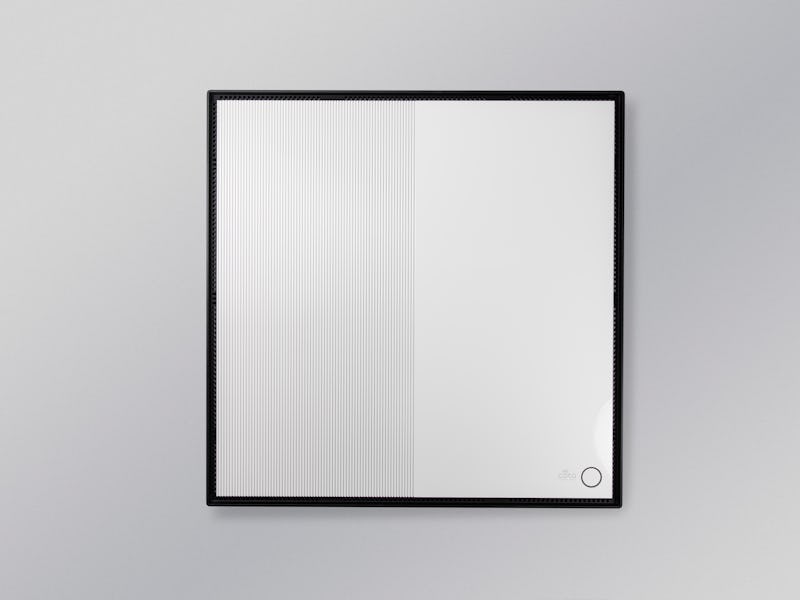Wireless charging, the kind that works like Wi-fi, is here. Your phone probably doesn’t have it, but it will. This is no longer science fiction. It’s science fact, and the transmitters are going to be hidden in plain sight.
At this year’s Consumer Electronics Show (CES) on Wednesday, Ossia took the wraps off its Cota Tile. Designed to look like and replace a standard drop ceiling tile, it can charge dozens of devices with no wires in sight. Just step into the room, near the tile, and away you go. Users can link up to four of them to increase the range on a single “charge point,” controlling them from a smartphone app if needed. Last month, the company released a development kit for manufacturers, and it expects the first smartphones using its tech to debut in 2017.
It’s not just smartphones that will benefit from this technology. Smoke alarms, speakers, anything with a battery could potentially house the wireless chip necessary to deliver power. The days of having to fish around for a charging cable are about to come to an end, and it’s going to be fantastic.
An iPhone charging with a wire: a thing of the past soon?
Energous, another wireless charging company that attended this year’s CES, showed off a number of new products at the tech show on Wednesday. These include a Bluetooth tracker, a USB power dongle for older devices and a hearing aid. The company has been previously rumored as working with Apple, and there’s a chance the next iPhone uses the wireless tech.
Future forms of the technology may take the notion of hiding in plain sight further. In October, Duke University researchers discovered a way for a super thin TV-shaped object on the wall to transmit power. “I think building a system like this, which could be embedded in the ceiling and wirelessly charge everything in a room, is a very feasible scheme,” David Smith, professor and chair of the Department of Electrical and Computer Engineering at Duke, said in the team’s announcement.
Look at all of that lovely power flying through the air!
The problem is, a lot of systems are out on the market that are called “wireless technology” that aren’t really the same thing. Systems like Qi and Powermat use inductive coupling to transmit power to each other, but normally depend on the device being placed on a physical mat. One team of researchers has used inductive coupling to charge a drone without landing. It’s a bit better than traditional chargers, but it’s not quite as good as charging from several feet away.
It’s hard to understate the impact truly wireless charging will have on our use of technology. Battery life will cease to be a concern in many circumstances, as the phone will charge from the pocket without intervention. With less concern for life, phones could get thinner, faster, or possibly more durable with thicker metallic casing. That anxiety that people feel when their phone’s about to die? We may look back on it as an interesting source of nostalgia, limited to hikers or people that travel for several days. Bring it on.
